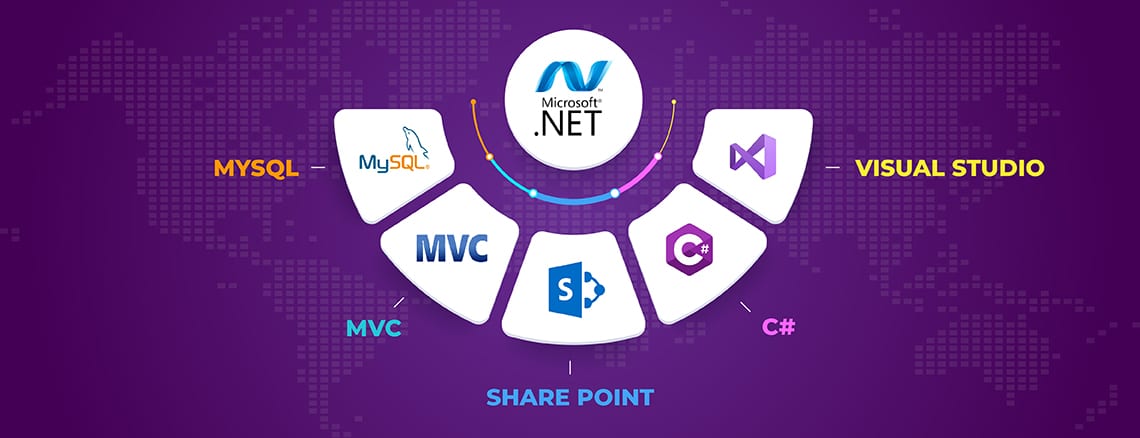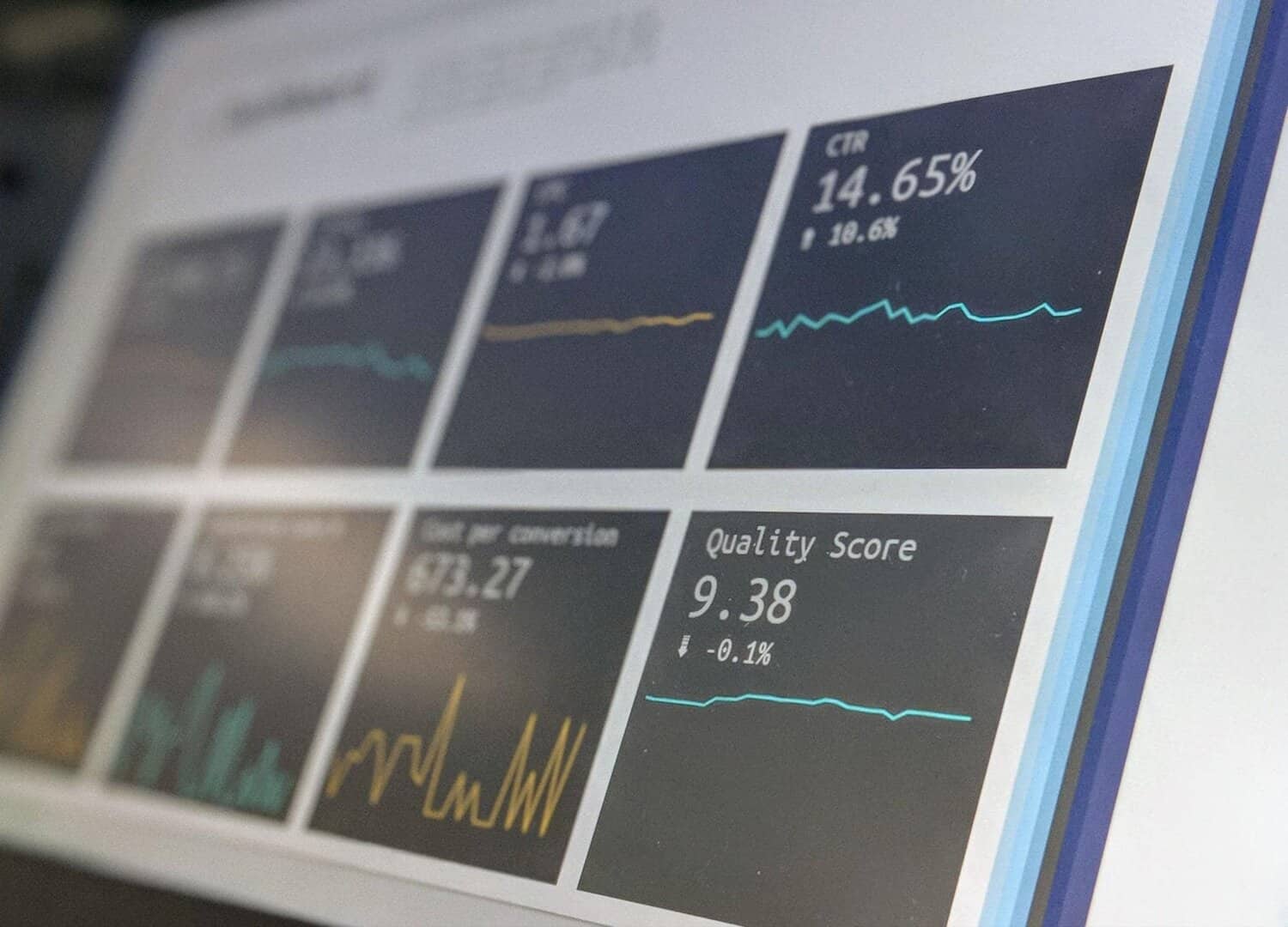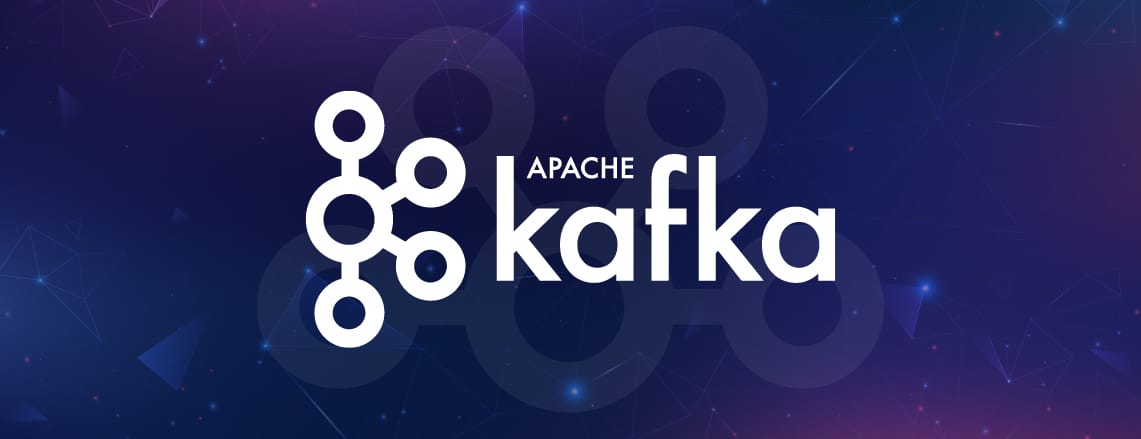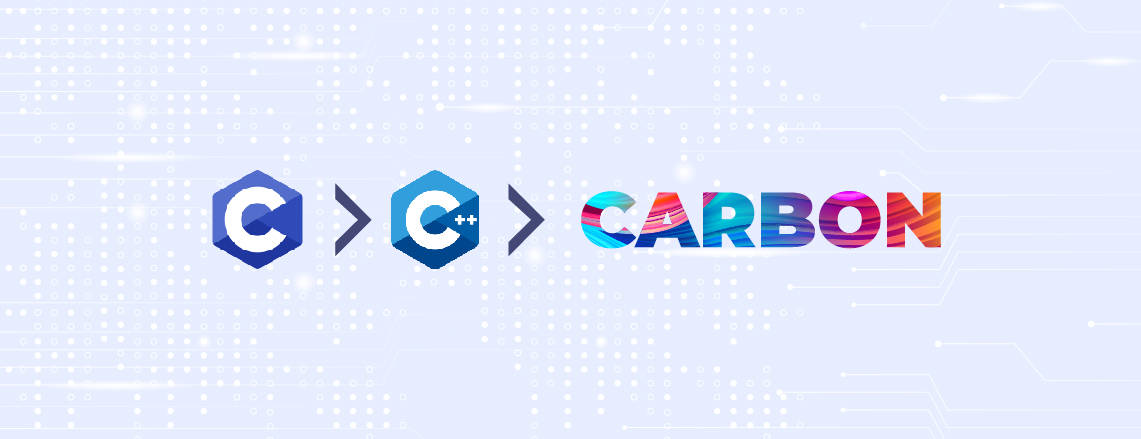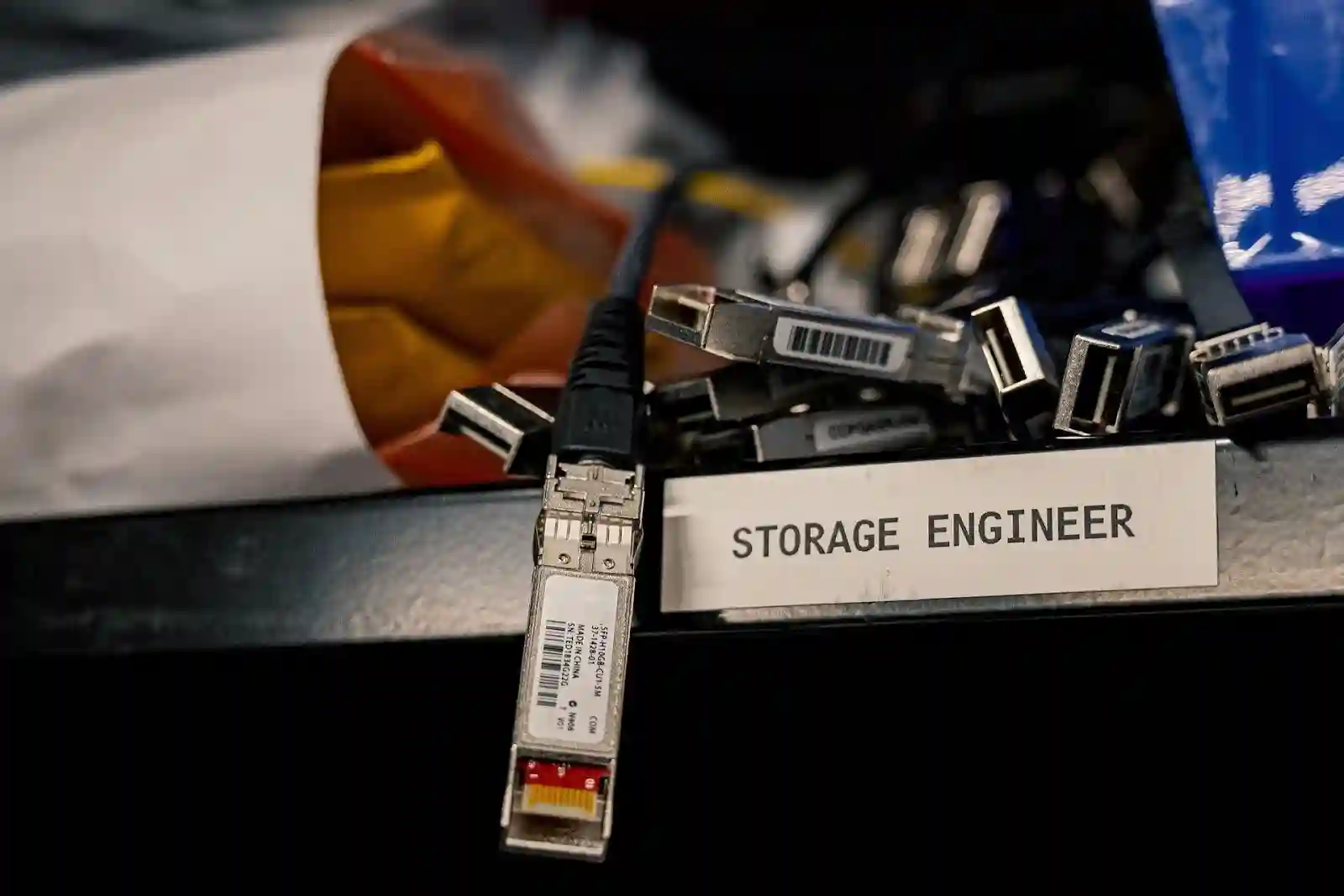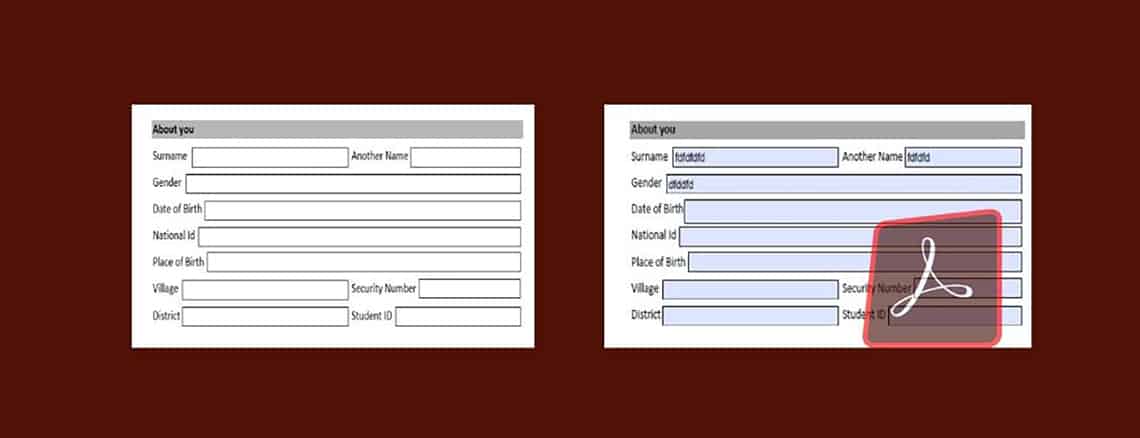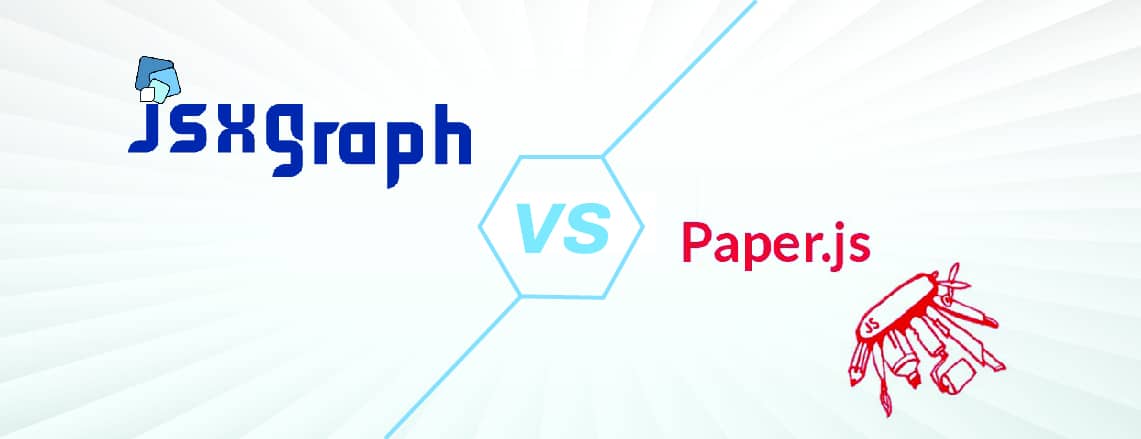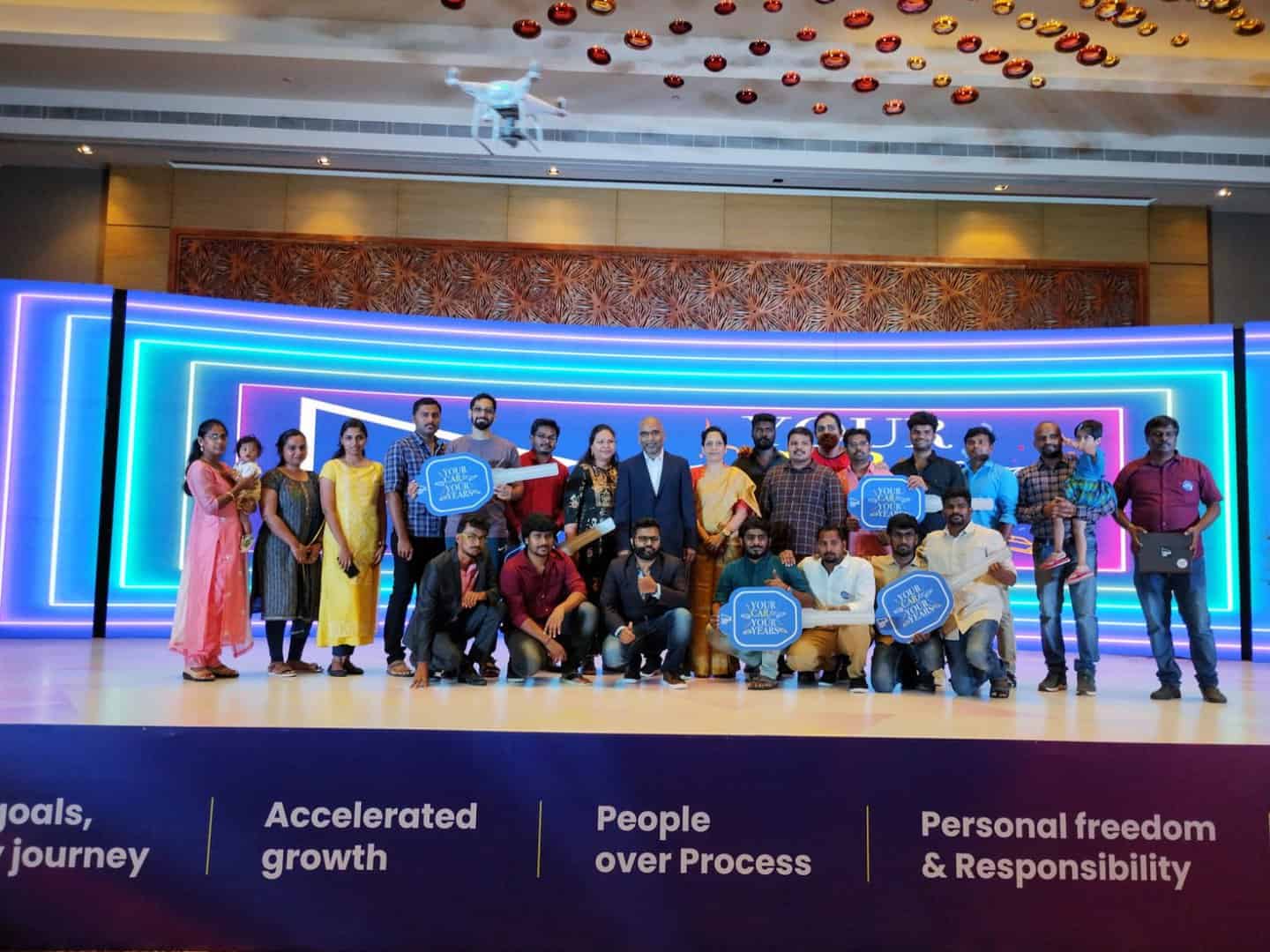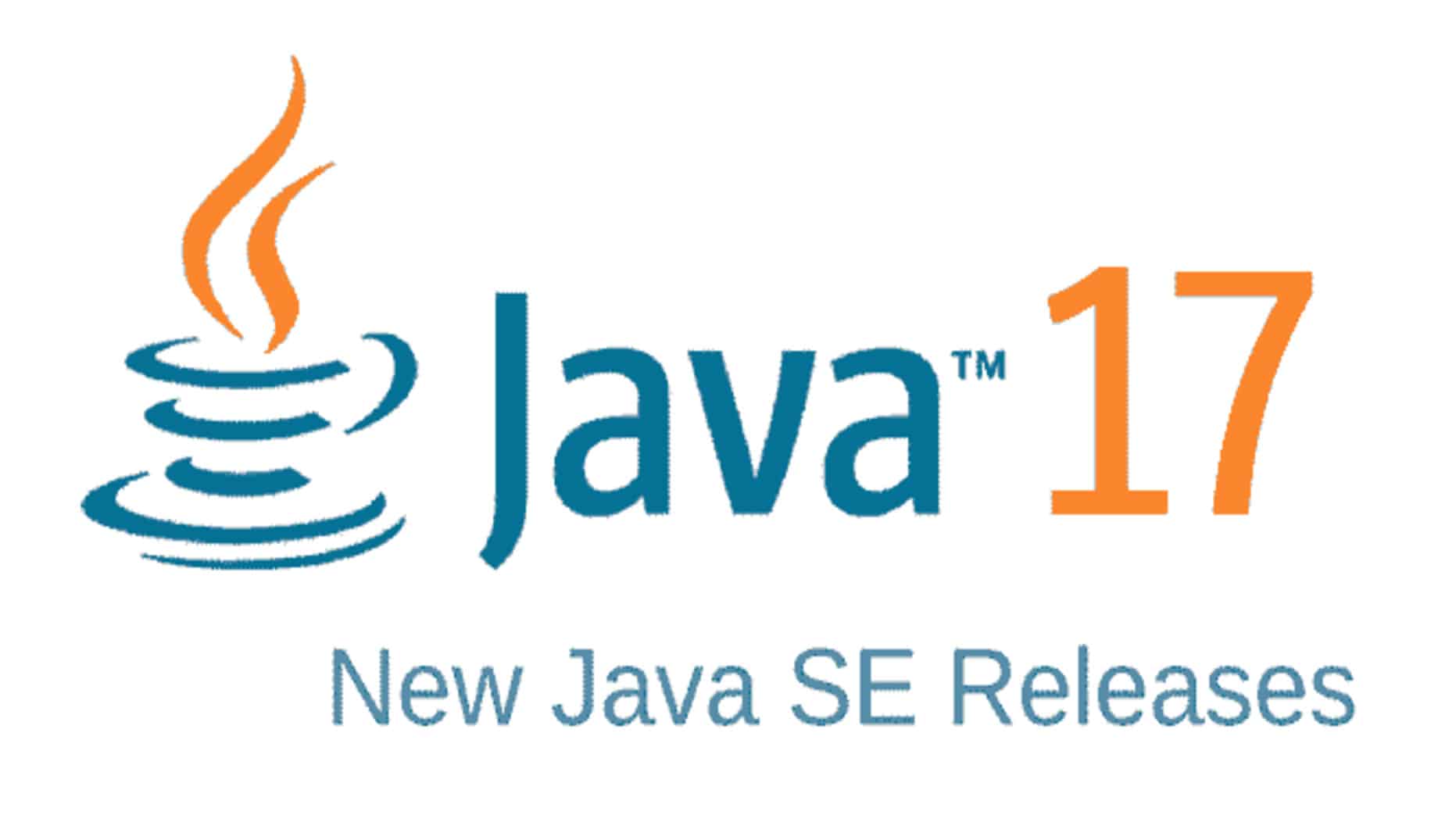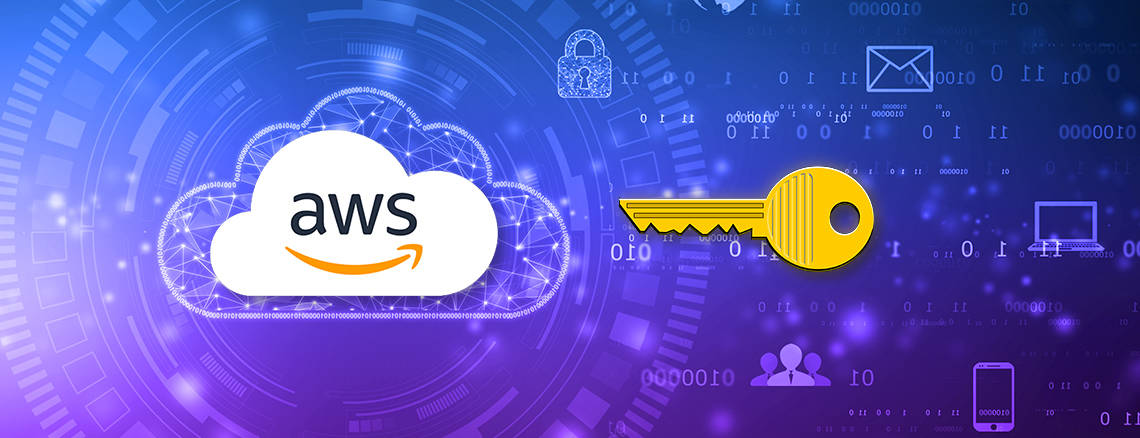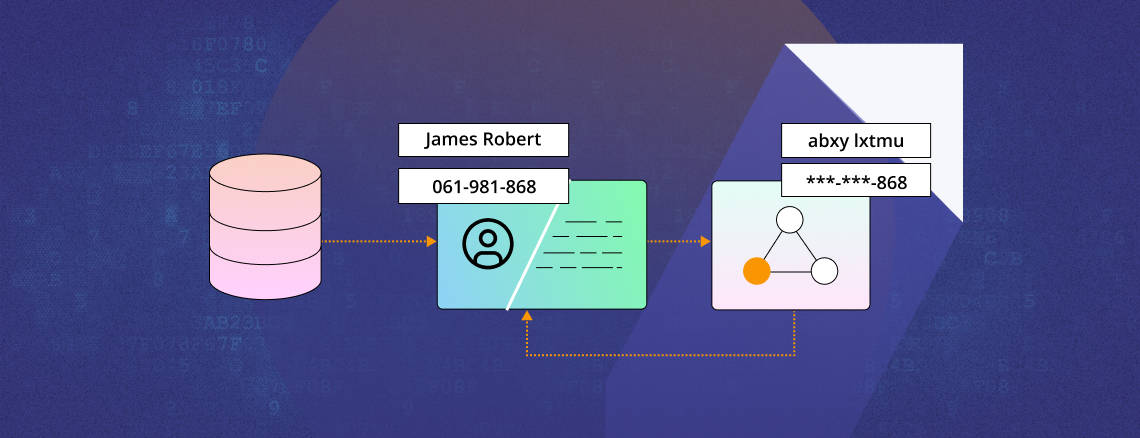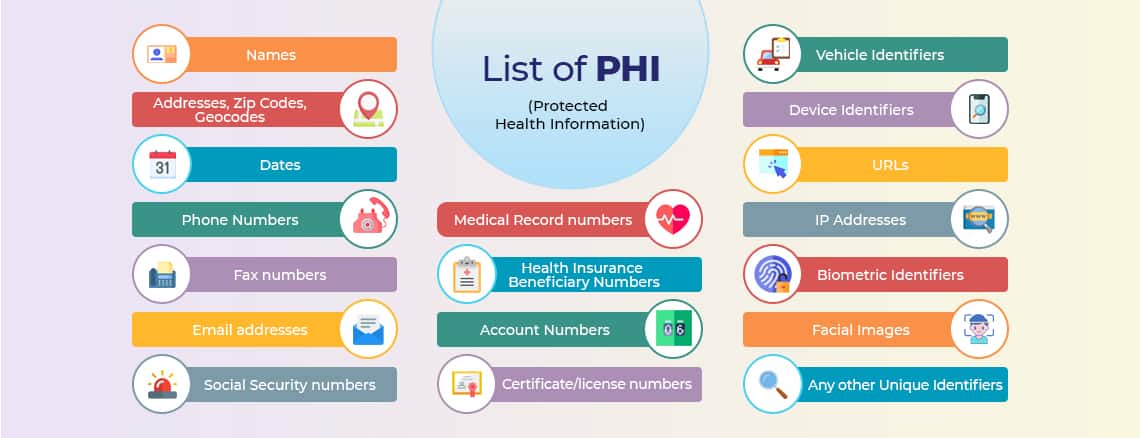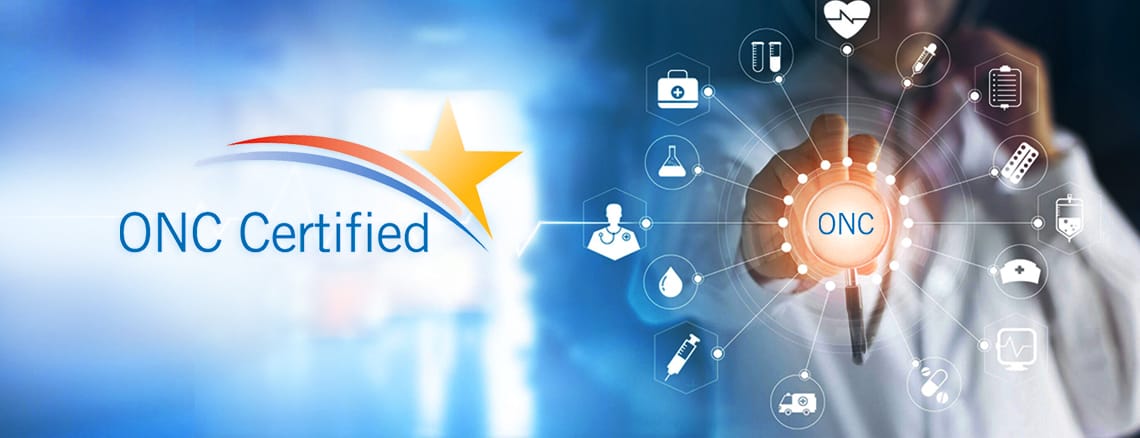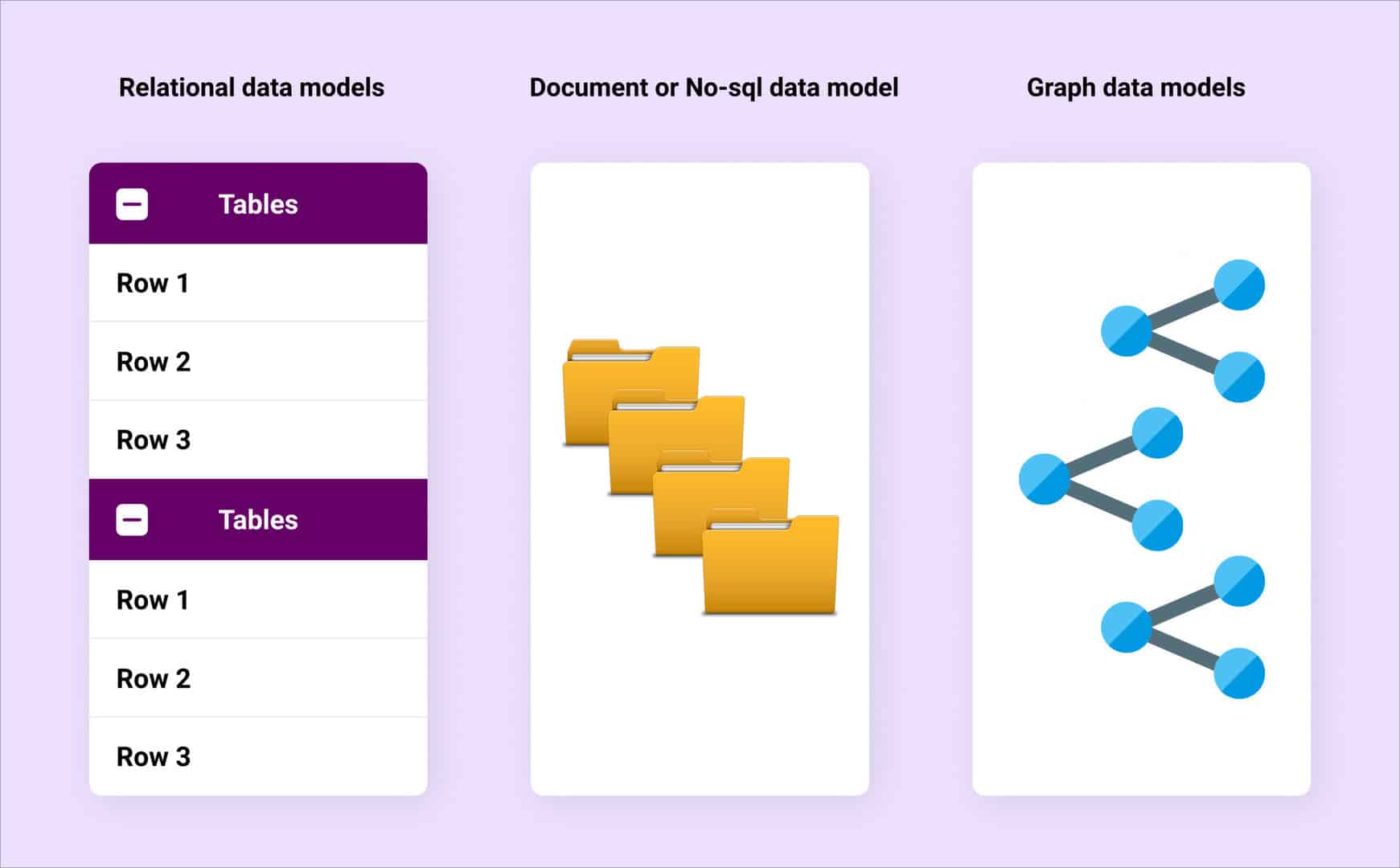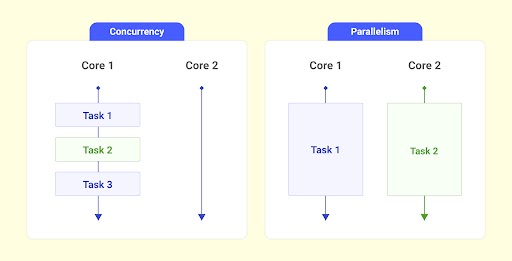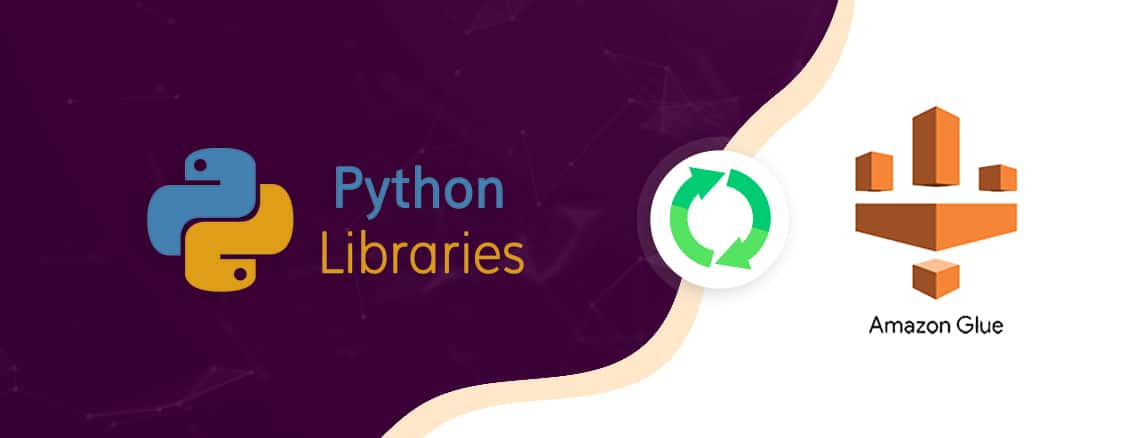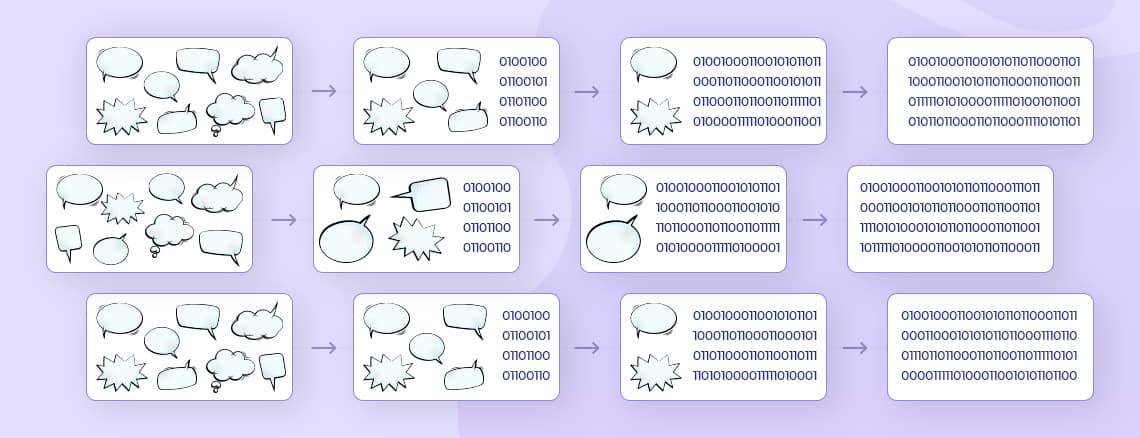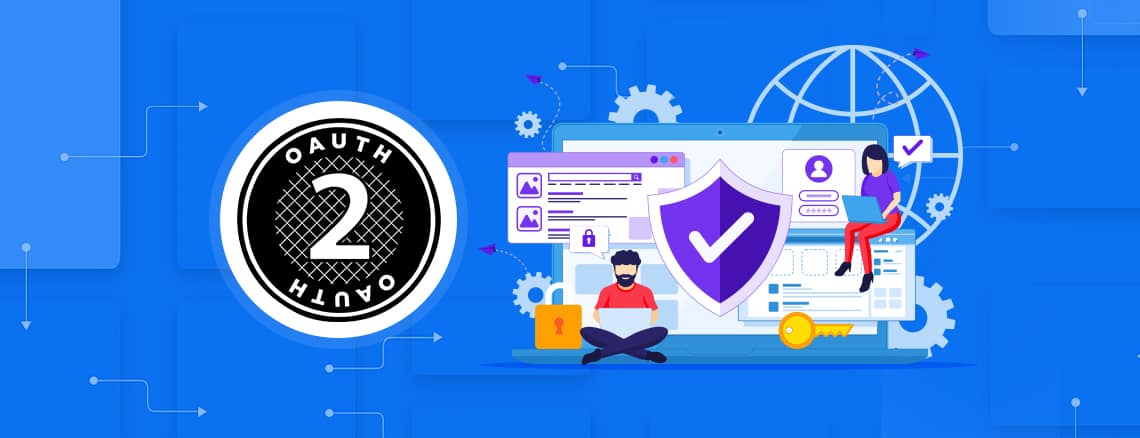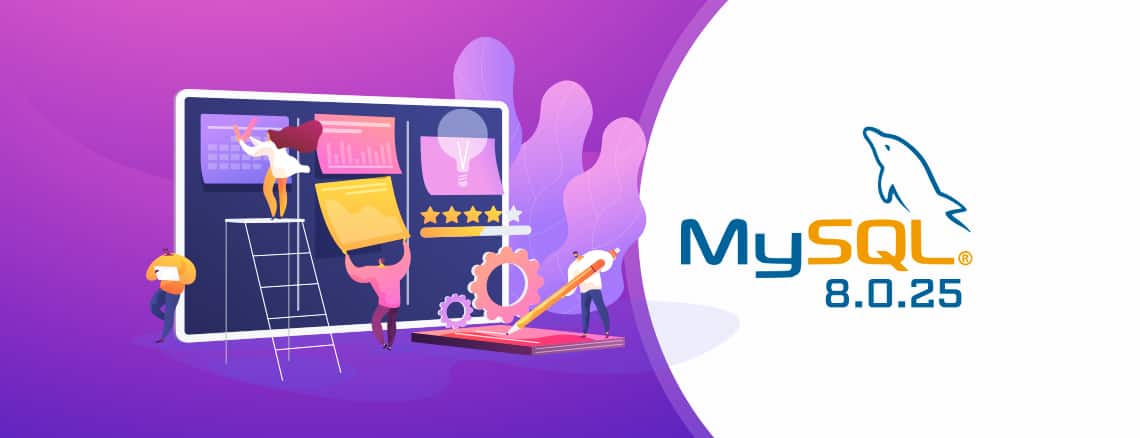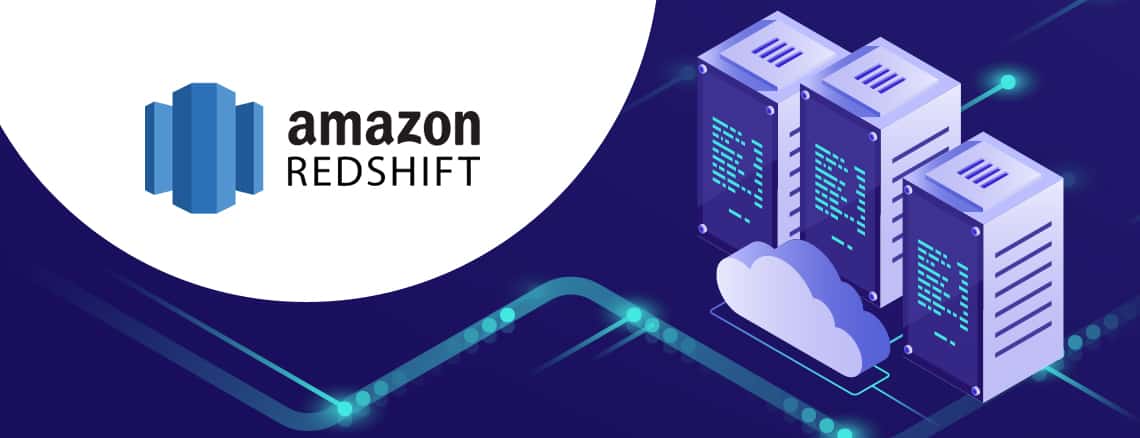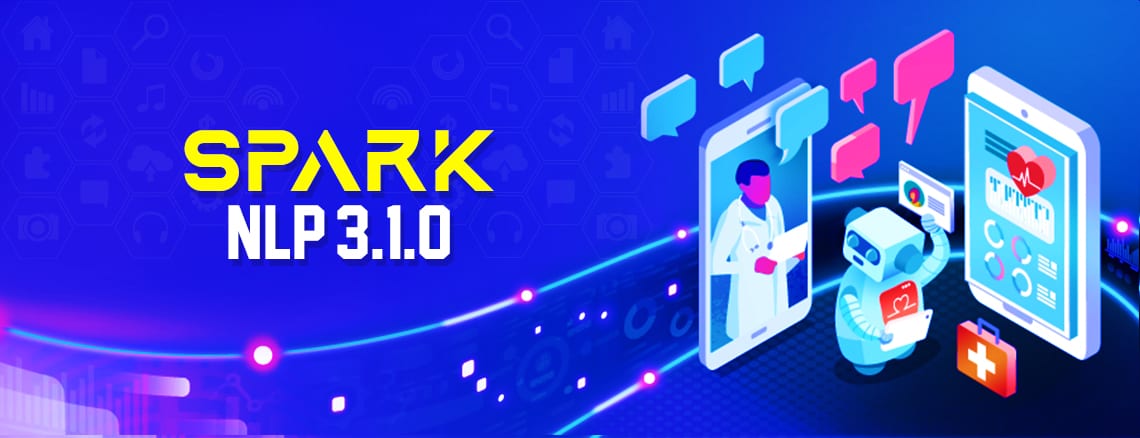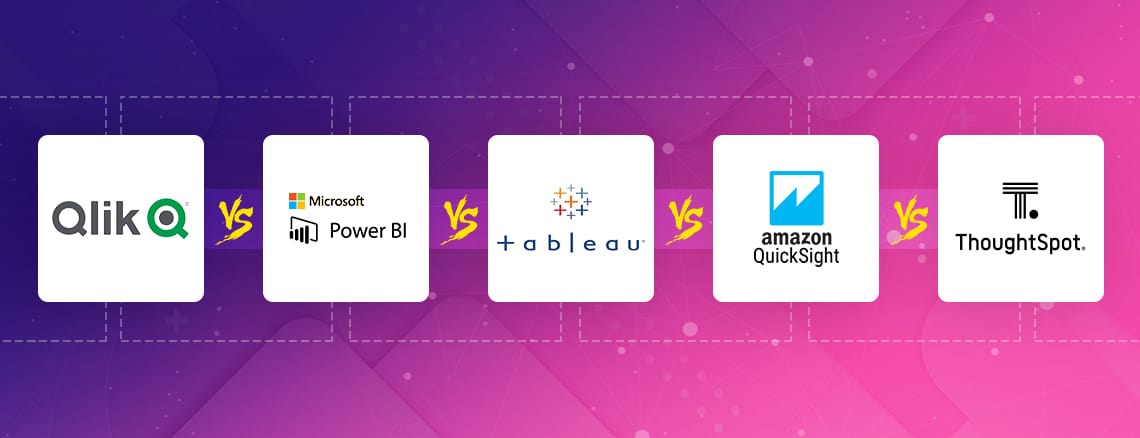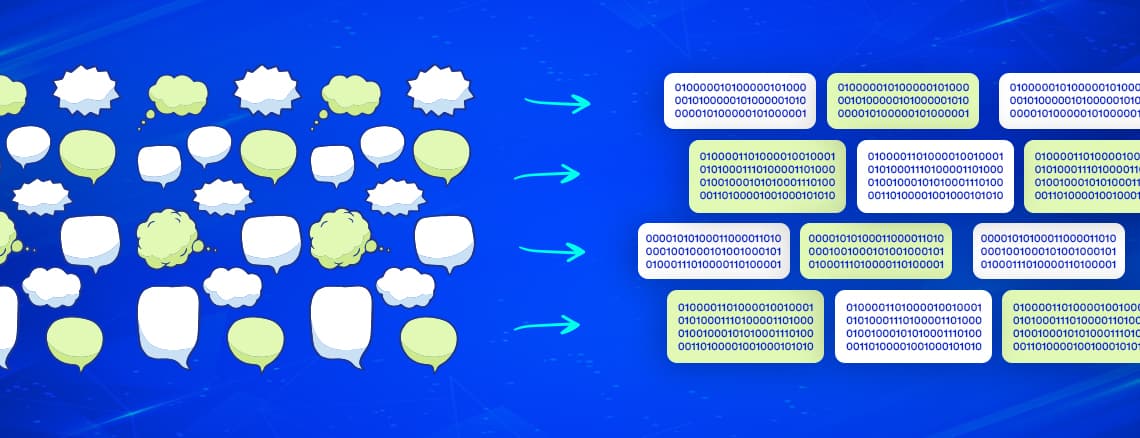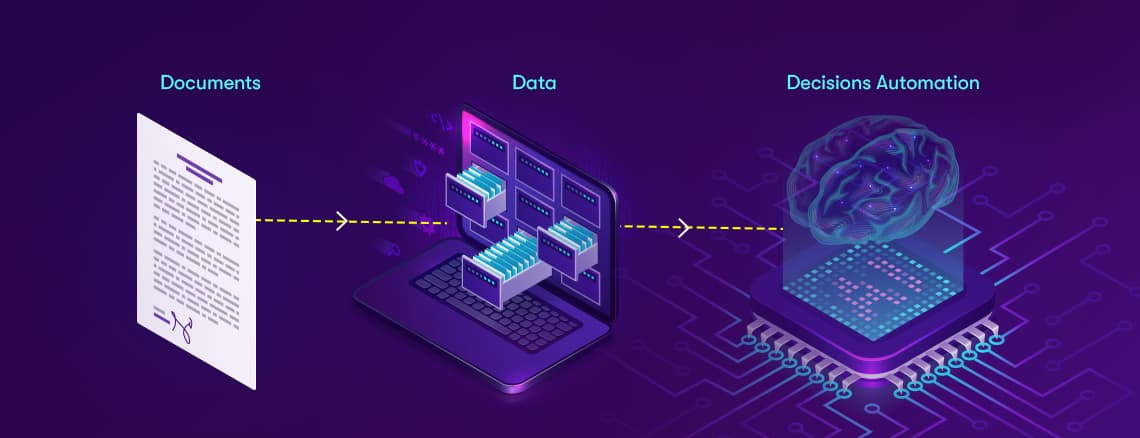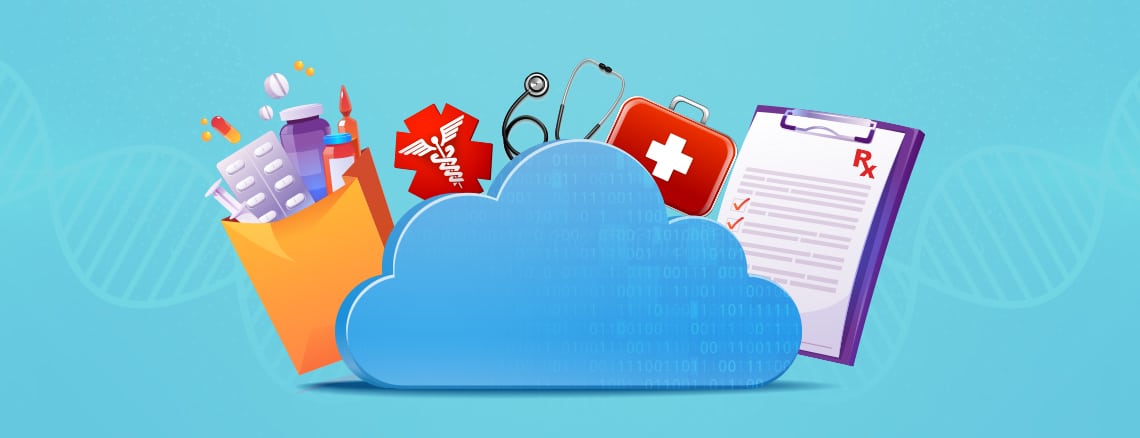When the term Integration Platform-as-a-Service (or iPaaS) emerged, the concept existed for years even before. But iPaaS is simply a representation of a more novel approach to integration across applications, data flows, partners and API management. It serves as a platform to connect multiple enterprise applications within a single business system together, through seamless integrations. An iPaaS runs in the cloud and offers lesser complexity, thanks to a visual user interface. Integrating SaaS applications could simply be point-and-click, with no software to deploy locally. Essentially, iPaaS is a class of PaaS for application and data integration.Enterprise iPaaS platforms comprise of multiple integration technologies, each suitable for different use cases. This could cause some confusion for the less technically proficient buyers, and then there is always the risk of buying more capabilities than what is needed. When it comes to Enterprise Service Bus (ESB) Products, there are over 25 that we know of! Some of the popular ones being MuleSoft, Oracle Service Bus, WSO2, IBM’s DataPower Gateway, Dell Boomi, TIBCO, Apache Camel and Microsoft BizTalk. In this blog, we have selected three of the most highly rated integration platforms and pitted them against each other. So let the battle begin!
MuleSoft
After being acquired by Salesforce in 2018, MuleSoft released a slew of ‘no-code’ tools powered by Salesforce's Einstein AI. Apart from offering data-mapping recommendations to non-IT users, MuleSoft now removes the complex process of managing servers, logs and infrastructure. At the same time, IT teams can still monitor, govern and secure APIs via the Anypoint platform. Mulesoft also comes with pre-built integration templates called Accelerators.
Dell Boomi
Dell Boomi is a fully-featured iPaaS platform with support for cloud and on-premise integrations, B2B and EDI management, IoT and API design and management, Master Data Management (MDM) and workflow. Boomi’s target market is similar to MuleSoft’s - medium and large enterprises. The user interface is designed to support citizen integrators and integration specialists. However, more complex integrations need custom scripting. Boomi also includes a variety of pre-built connectors to popular apps.
Zapier
Zapier is a relatively simple automation integration product for non-technical users and is targeted at individuals and SMBs. Simply consider it a burgeoning library of Partner APIs! Zapier allows triggers to be set which can be linked to specific actions or outcomes. The user interface is radically simple, and all of these app integration points or ‘Zaps’ are easy to set up and require no technical expertise. Zaps do not import existing data, but they automate workflows between hundreds of apps. Users can either use the pre-built connectors or build custom integrations with just a few clicks.
So how do they fare in the comparison?
Dell Boomi vs MuleSoft: built on entirely different frameworks. MuleSoft is an API-led network; while Boomi is frequently used in a traditional Extract, Transform, Load (ETL) middleware approach. This means MuleSoft can connect across multiple apps and business units. MuleSoft can create and reuse multiple components over and over again, so you can create more editions of one single framework and expose it to other applications with ease. It makes for a great way to help build RAML through the design center and allows all user types to create API specs without much code.Another key distinction MuleSoft vs Boomi: on-prem, on-cloud, and hybrid capabilities. It’s pretty simple here: Boomi only offers on-cloud and on-premise integration solutions. MuleSoft, however, has the ability to be on-premises, on-cloud, or a hybrid of each. So If there are compliance regulations or IT restrictions that dictate how you must keep data within a firewall or IT network, Boomi isn’t your best bet. You would be better off with MuleSoft, it can address those regulations with its flexible offering and multiple integration solutions.You also need an easy, reliable way to monitor and catch problems in real-time with your APIs. Once again, MuleSoft has the better option for API management. Take a look at MuleSoft’s API Manager:The MuleSoft API Manager gives the user the ability to see in real-time exactly what their API network is doing, where and what records are being processed and if APIs are down. This allows a company the opportunity to truly understand where the stress is in their organization at any moment.Boomi’s Real-Time Dashboard hardly matches up to that. The Boomi layout presents all your process information in one way: list view. It’s not easy to decipher and is ultimately the less robust information source for your APIs.A comparison of integration in the case of Zapier vs MuleSoft is even starker. MuleSoft excels at aspects like Big Data Processing, Data Virtualization, Data Lifecycle Management, Master Data Management, Hierarchical Data, and Managed File Transfers while Zapier does not even have features for these tasks.Overall, MuleSoft is the better data integration choice because it offers a more flexible and scalable solution that provides developers with the business functions they need in this digital age. If you are at a large enterprise, Zapier is not the best-positioned integration tool, while Boomi will take more time to develop, learn, and integrate into your organization. On the other hand, MuleSoft would help you launch applications faster, and enhance productivity and ROI.We at Ideas2IT help clients across multiple verticals achieve new levels of efficiency and cost savings. Check out a few Mulesoft case studies here.































.png)


.png)


.webp)




